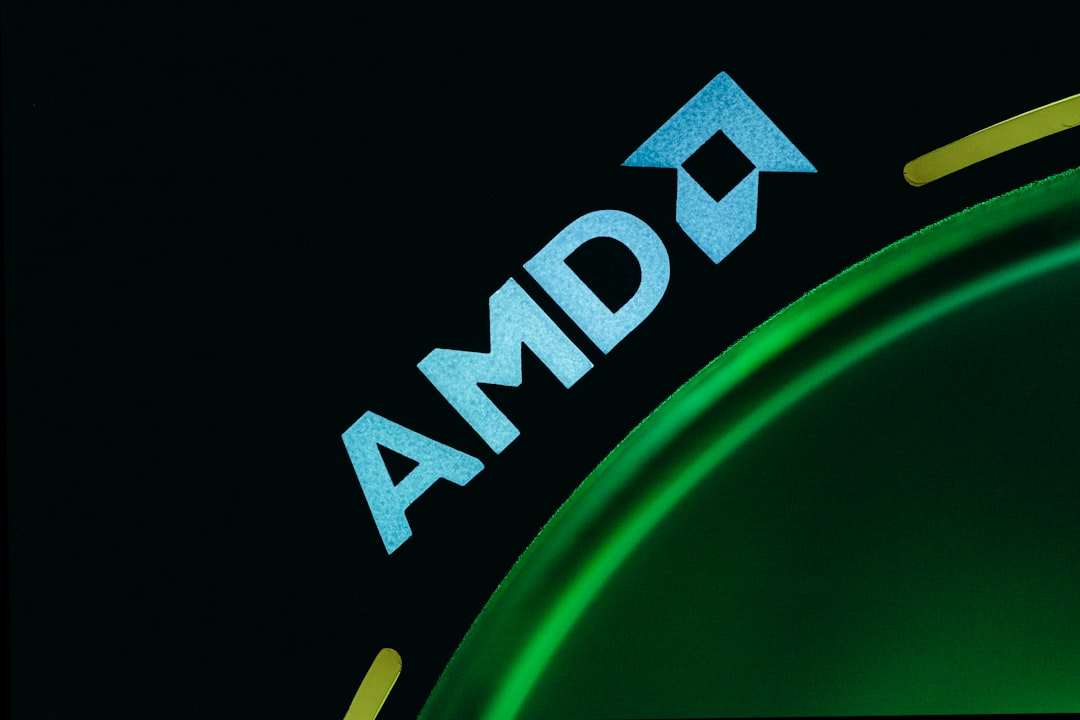In the world of modern computing, devices are becoming faster, smaller, and more efficient. One of the key contributors to that progress has been the evolution and integration of processing units. You might have heard of CPUs (Central Processing Units) and GPUs (Graphics Processing Units), but there’s a third category that’s become increasingly relevant: the APU, or Accelerated Processing Unit. So, what is an APU, and why does it matter?
TL;DR: What is an APU?
An Accelerated Processing Unit (APU) is a type of microprocessor developed primarily by AMD that combines both a CPU (Central Processing Unit) and a GPU (Graphics Processing Unit) on a single chip. This design allows for more efficient processing, better energy usage, and improved graphics performance in compact systems. APUs are ideal for budget gaming, media centers, laptops, and other devices where performance and power-efficiency must be balanced.
How APUs Differ from Traditional CPUs and GPUs
Traditionally, CPUs and GPUs have been completely separate components on a motherboard. The CPU handles general-purpose tasks like running applications and managing operating system functions, while the GPU is dedicated to rendering graphics—think video games, 3D modeling, and video playback.
With an APU, both the CPU and GPU are integrated into a single die. This has several benefits:
- Reduced cost: You don’t need to buy a separate graphics card for basic graphical performance.
- Lower power consumption: One chip uses less power than two separate ones.
- Space efficiency: Combines two functionalities into one chip, saving room in tight form factors.
- Shared memory access: Both the CPU and GPU can access the same pool of memory, which improves efficiency for certain types of tasks.
However, these benefits also come with trade-offs. Compared to discrete CPUs and GPUs, APUs may not deliver the same maximum performance, especially in high-end gaming or professional workloads.
The Origin and Evolution of APUs
The concept of the APU was introduced by AMD (Advanced Micro Devices) in 2011 as part of the company’s Fusion project. AMD coined the term “APU” to describe the integration of CPU and GPU cores onto one chip to offer better efficiency and performance.
Since then, AMD has released several generations of APUs, including:
- Llano: The first generation, introduced the idea of CPU-GPU integration on a single chip.
- Trinity and Richland: Second and third generations, offering better performance and power optimization.
- Kaveri and Carrizo: Introduced Heterogeneous System Architecture (HSA) for better collaboration between CPU and GPU cores.
- Ryzen APUs (e.g., Ryzen 5 5600G): These newer generations integrate the latest CPU architectures with Vega-based graphics, delivering strong performance for a wide range of tasks.
Today, APUs have become a cornerstone for budget gaming, portable computing, and even compact desktops.
Why Choose an APU?
While many enthusiasts and professionals prefer having separate, high-performance CPUs and GPUs, APUs fill a sweet spot for specific user needs. Here’s who benefits most from them:
- Casual Gamers: An APU can run many popular games at decent settings without a dedicated graphics card.
- Home Theater PCs (HTPCs): A quiet, power-efficient system capable of 4K video playback and light gaming.
- Entry-level System Builders: Ideal for people constructing a PC on a budget without compromising on graphical ability.
- Laptop Manufacturers: Helps to reduce space, heat, and power consumption in ultra-thin laptop designs.

One Chip, Many Possibilities
The magic behind an APU lies in its ability to multitask. Since the GPU is integrated into the same silicon die as the CPU, communication time is minimized, which enhances overall performance. This setup is especially beneficial in tasks that require both intensive computing and graphical output—like video streaming, content creation, and modern productivity applications.
Besides, with the GPU being built-in, APUs don’t suffer from the bottleneck that can sometimes occur when using a discrete GPU and CPU with mismatched performance levels. And with both components working more efficiently together, users experience less heat, lower power draw, and possibly longer battery life in portable devices.
Limitations of APUs
Despite the great features of APUs, they do have some drawbacks. Understanding these can help you decide whether an APU is the right choice for you.
- Limited graphical power: Even the best APUs struggle with high-end modern games at ultra settings.
- No upgrade path for GPU: With a traditional build, you can upgrade your GPU—APUs usually lock you into what’s on the chip.
- Shared memory use: Since APUs use system RAM for graphics instead of dedicated VRAM, performance in graphics-heavy tasks can be affected.
These limitations make APUs less ideal for hardcore gamers or professionals working with intensive graphic design, video editing, or 3D modeling.
Popular APUs on the Market
Over the years, AMD has launched several APU models that have been widely praised for their balance of performance and efficiency. Here are a few mention-worthy chips:
- AMD Ryzen 3 3200G: An affordable entry with Vega 8 graphics—great for budget systems.
- AMD Ryzen 5 3400G: Offers four cores and eight threads with Vega 11 graphics, suitable for light gaming and multitasking.
- AMD Ryzen 5 5600G: A powerful APU based on the Zen 3 architecture with integrated Radeon graphics—an excellent choice for modern mid-range systems.
Intel also offers integrated graphics in their CPUs, but the term “APU” is specifically used by AMD. Intel’s integrated chips, like the recent Iris Xe graphics, serve a similar role and have also improved significantly in performance.

Future of APUs
As technology advances, APUs are expected to play a growing role in shaping the future of computing. The integration of AI acceleration and improved graphics capabilities in compact chips hints at a time when APUs could completely replace discrete GPUs for general users.
AMD’s upcoming generations will continue refining the performance gap, while manufacturers work on optimizing power efficiency and thermal management. Furthermore, as game developers and content creators start to take advantage of Heterogeneous System Architecture (HSA), the real potential of APUs will be further unlocked.
Conclusion
Accelerated Processing Units are a smart solution for users who need a cost-effective, energy-efficient, and compact computing device without compromising basic performance. By combining CPU and GPU onto a single chip, APUs offer a simplified yet powerful experience for everyday tasks, casual gaming, and multimedia consumption.
Whether you’re building your first PC, putting together a media server, or buying a laptop for work and entertainment, an APU might just be the smart choice you didn’t know you needed.
As technology keeps marching forward, APUs are likely to become even more prevalent, intelligent, and capable. For many users, the days of needing a separate CPU and GPU might already be behind us.



Leave a Reply